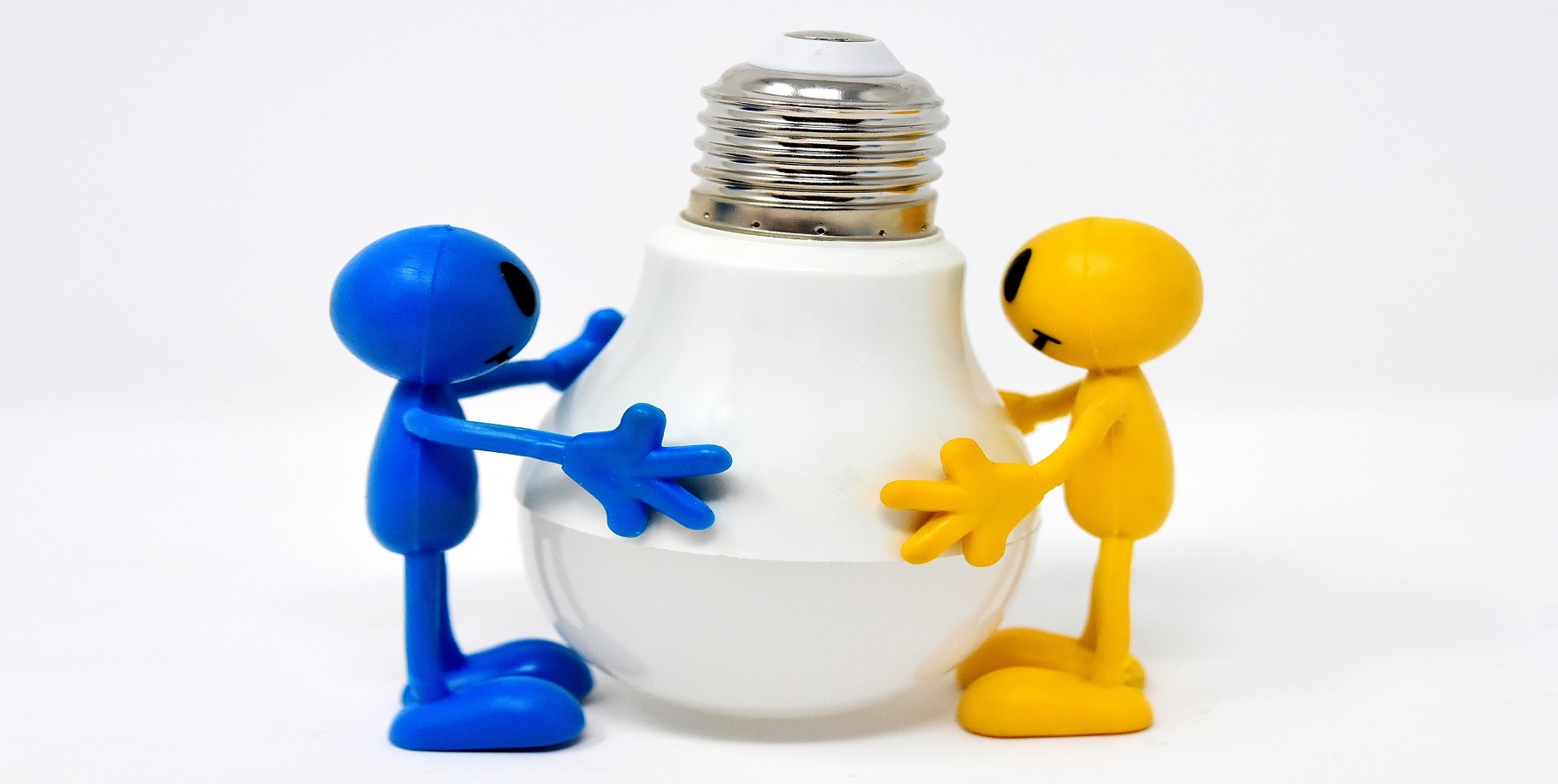
All You Need to Know About Shifting to LEDs
- September 25, 2019
- by
- PCPL
If you’re looking to go green, one of the first—and the easiest—steps is to switch to LED lights for your home. LEDs are more environmentally friendly than old incandescent bulbs and fluorescent lights, in that they don’t contain any mercury and are more energy efficient.
The first thing to keep in mind while comparing LEDs is that you need to look at the lumens and not just the wattage when selecting lights. While the number of watts an LED (or any other light) uses tells you about the power consumption, lumens tell you how much light it gives out. A standard 60W incandescent bulb gives out about 800-900 lumens, which you can get from an 8-10W LED bulb, or a 15-20W CFL. A standard tube light gives out about 2600-2700 lumens and consumes 28-40W. While LEDs are more expensive than the rest, they last longer and the energy savings make up for the initial cost.
The next thing you need to consider is how many lumens you need (see illustration/image). This will vary from room to room—e.g., you may want brighter lights in a study room. As a rule of thumb, you can target about 20-30 lumens per square foot (you can also use tube lights, 2600 lumens each, as a reference point).
And finally, you need to look at the colour—or rather, the colour temperature. Most LED packaging features terms such as ‘Cool Daylight’ and ‘Warm White’. Check the fine print for the specific colour temperature. This can range from 2700K, which is a warm, yellowish light, to 6500K, which is a bright white light. For relaxed spaces such as bedrooms, pick warmer, more yellow lights, while for work spaces a cooler/brighter light may work better.

















